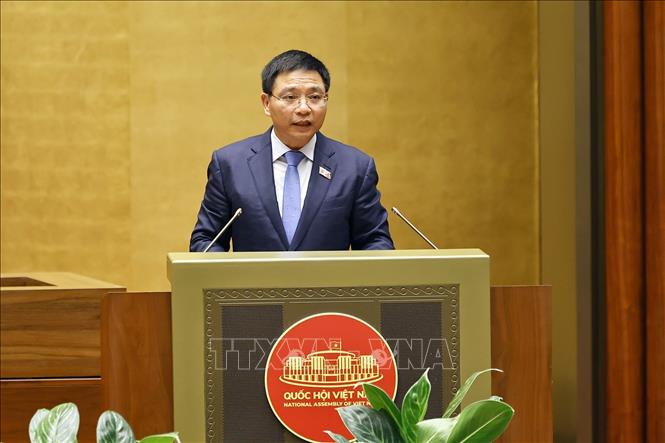
Minister of Finance Nguyen Van Thang presents the report. Photo: Doan Tan/VNA
According to the Resolution, the National Assembly resolved: Reduce the Value Added Tax rate by 2%, applicable to groups of goods and services specified in Clause 3, Article 9 of the Law on Value Added Tax No. 48/2024/QH15 (to 8%), except for the following groups of goods and services: telecommunications, financial activities, banking, securities, insurance, real estate business, metal products, mining products (except coal), goods and services subject to special consumption tax (except gasoline).
The Resolution takes effect from July 1, 2025 to December 31, 2026.
Previously, presenting a summary report on the explanation, acceptance and revision of the draft Law, Minister of Finance Nguyen Van Thang said that regarding the scope of application, some opinions proposed to apply a 2% reduction in Value Added Tax for all goods. However, there were also opinions suggesting that instead of reducing 2% for many subjects, a reduction of 4-5% should be applied to the right subjects in need of support.
Explaining this content, the Government said that in the draft Resolution, the Government proposed to continue reducing the value added tax rate by 2% for groups of goods and services currently applying a tax rate of 10% (to 8%), except for some groups of goods and services that are not subject to reduction. This draft Resolution expands the subjects eligible for tax reduction compared to the provisions in previous National Assembly Resolutions and extends the tax reduction period until the end of 2026. Accordingly, transportation, logistics, goods and information technology services are eligible for tax reduction.
In addition, according to the law on value added tax, teaching, vocational training and medical services are not subject to value added tax, so there is no need to reduce tax.
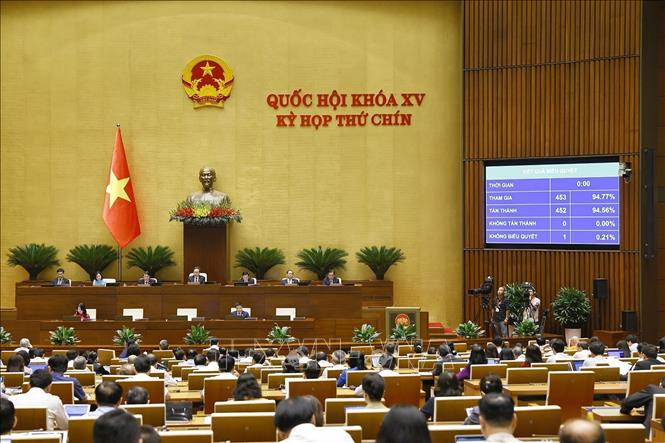
The National Assembly voted to pass the National Assembly Resolution on reducing value-added tax. Photo: Doan Tan/VNA
For services such as finance, banking, securities, and insurance, which are not subject to value-added tax, there is no need to reduce value-added tax, while telecommunications and real estate services are industries that have grown in recent times and are also not subject to value-added tax reduction according to the provisions of Resolution No. 43/2022/QH15.
According to the Government's proposed plan, the expected reduction in state budget revenue in the last 6 months of 2025 and the whole year of 2026 is equivalent to about 121.74 trillion VND. In case of implementing tax reduction according to the plan to reduce all items subject to the 10% VAT rate, the expected reduction in state budget revenue in the last 6 months of 2025 and the whole year of 2026 is equivalent to about 167 trillion VND.
Therefore, the Government proposes that the National Assembly keep the draft Resolution as reported by the Minister of Finance.
Regarding the impact on revenue estimates and budget deficit of the policy of reducing Value Added Tax, the Minister of Finance said that the Government has reported that the policy of reducing Value Added Tax rate by 2% will reduce state budget revenue in the last 6 months of the year by about 39.54 trillion VND, and in 2026 by about 82.2 trillion VND.
Reducing value-added tax has the effect of reducing state budget revenue but also has the effect of stimulating production, promoting production and business activities, thereby contributing to creating additional revenue for the state budget (including the possibility of increasing revenue from other taxes thanks to the spillover effect of the value-added tax reduction policy).
The Minister of Finance emphasized that in order to compensate for the revenue shortfall due to policy implementation, the Government will focus on directing ministries, central agencies and localities to implement solutions: Focus on implementing tasks, solutions and fiscal policies according to the Resolutions of the National Assembly and the Government issued to remove difficulties for businesses and people, promote GDP growth drivers in 2025 to reach at least 8% and strive for double digits in more favorable conditions, thereby creating additional revenue for the state budget.
Be determined in state budget collection, strengthen management, reform administrative procedures, promote digital transformation in tax management, especially in key areas and areas, land revenue, real estate transfer, e-commerce activities, business activities on digital platforms; expand electronic invoices generated from cash registers in business areas, food services, chain hotels and restaurants, gasoline and gold trading... Strive to collect state budget in 2025 about 10% higher than estimated in 2024.
Strictly manage state budget expenditures, increase savings; proactively use reserves and other legal resources to spend on prevention and control of natural disasters, epidemics and urgent tasks arising according to regulations, ensuring budget balance at all levels.
Hanh Quynh (Vietnam News Agency)








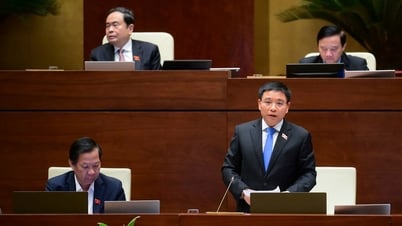


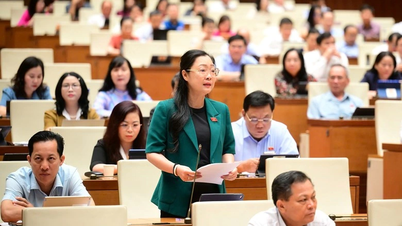





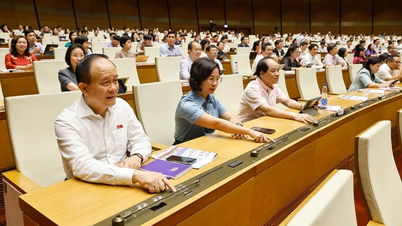





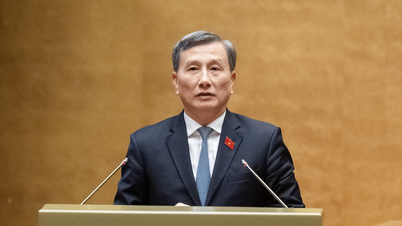
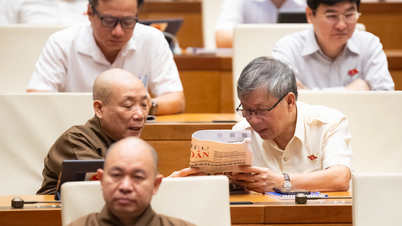








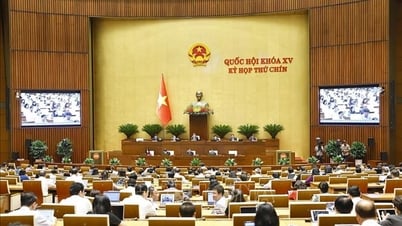

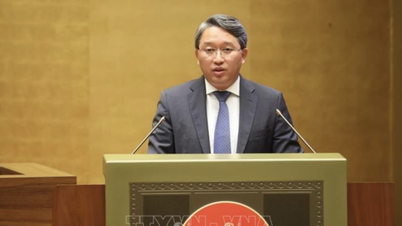















































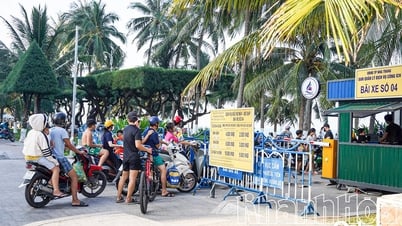






















Comment (0)